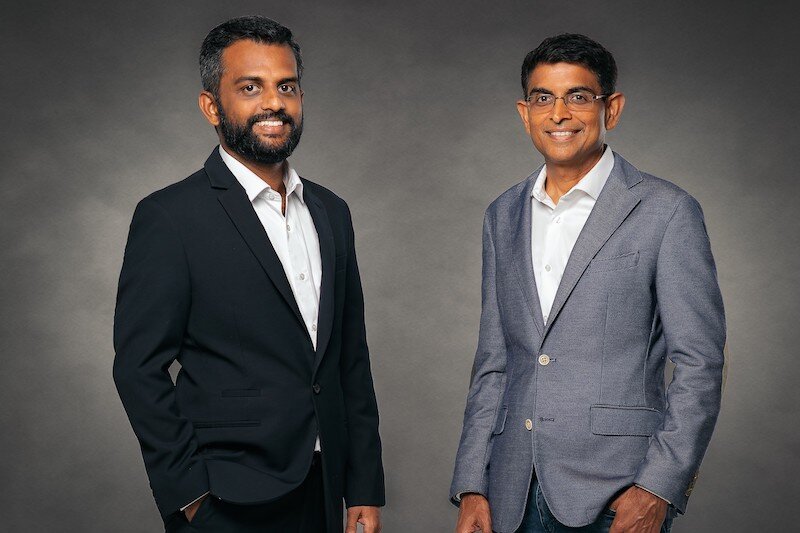What retailers can learn from 2019’s sustainability movement
By Karyn Mukerjee, Director - Data Innovation and Partnerships, dunnhumby
In September, more than 100 public bodies, businesses and trade organisations signed on to the ‘Circular Plastics Alliance’. The alliance endorses the target set by the European Commission of using at least 10 million metric tons of recycled plastics in manufacturing new products by 2025.
There are plenty of reasons these organisations are signing on. Perhaps the most pertinent is consumer interest. From the Extinction Rebellion to a ban on single-use plastic bottles at Glastonbury, this year has seen several high-profile media moments that have moved sustainability up the international agenda.
However, tackling areas of sustainable living such as recycling are far from quick fixes. In a recent survey, dunnhumby Beyond found 58% of shoppers believe they “throw away less food than they did last year”, reflecting a positive step towards greener living. Added to this, three quarters of people age 55+ say they use and purchase less plastic than one year ago.
However, dunnhumby Beyond also takes into consideration purchase data – how people actually behave. The truth, in the case of the over 55s, is that 75% still buy plastic items such as plastic carrier bags and plastic water bottles.
Generationally, the problem becomes more acute among millennials, of whom 60% say they use and purchase less plastic than one year ago, but 80% are still buying plastic items such as plastic carrier bags and plastic water bottles.
How do you solve a problem like climate change?
The challenge is that any single stunt, even on a scale like Glastonbury, isn’t necessarily enough to shift long term behaviours and shopping patterns. The solution rests in education. There is more that can be done to teach and help this group about the things they buy.
For example, shoppers are facing an array of 58 baffling recycling symbols when they come to dispose of products, leading to widespread confusion about what can and cannot be put into recycling bins.
By observing the discrepancies between the behaviours and lifestyles customers wish to exhibit, and how they actually act, grocers can help facilitate better choices. For instance, plastic bags and packaging could be reduced by inviting customers to bring low-density polyethylene (LDPE) bags and film used on products like bread, potatoes and toilet rolls, back to stores.
Along this vein, Tesco recently introduced a trial of in-store technology enabling customers to return items such as pet food pouches, shopping bags and crisp packets - all of which cannot commonly be recycled by local councils - so they can be recycled in-store.
The listening must continue
Success hinges on having the insights that can highlight changes people find the hardest to make, helping retailers prioritise the products and initiatives that will go the furthest in driving real change.
Prior to the development of tools that can look at both the opinion data and the transactional data generated by consumers, if a UK brand wanted to access shopper insight relating to retail shopping activity to inform their business planning, they tended to approach a host of data suppliers to try and build a true view of the full market.
Today, the leaps in data science mean retailers have the opportunity to tap into a single source of data connected at an individual shopper level, providing a complete view of shopper’s cross-grocery retailer shopping activity, online behaviour, lifestyle and attitudes. The brands that use this advantage to bridge the gap between what people want to do, and choices available, are those that will win in the long-term.










